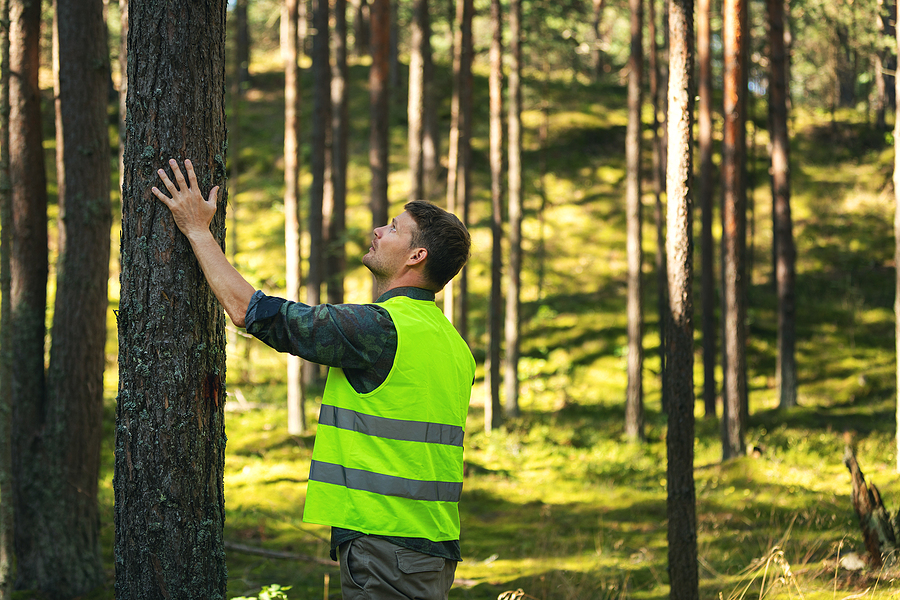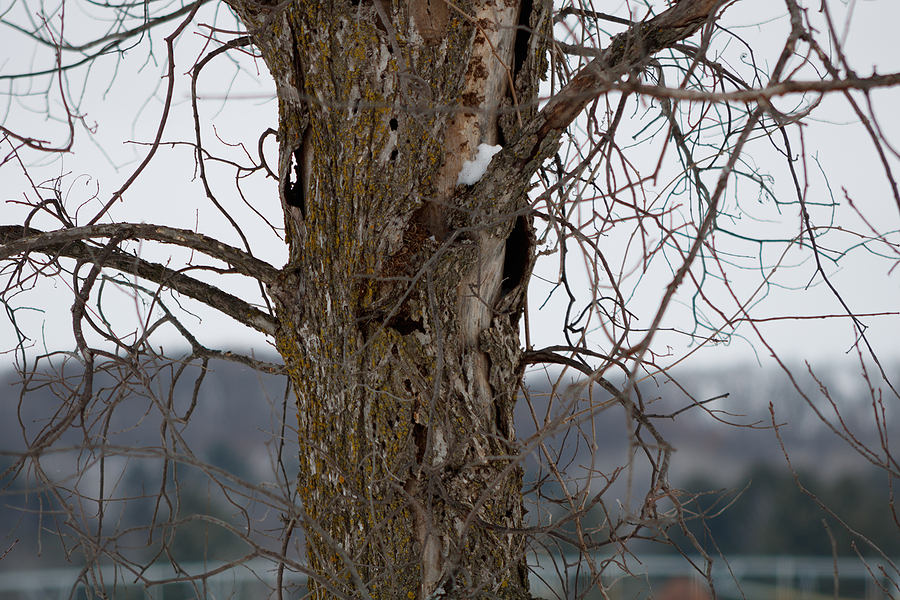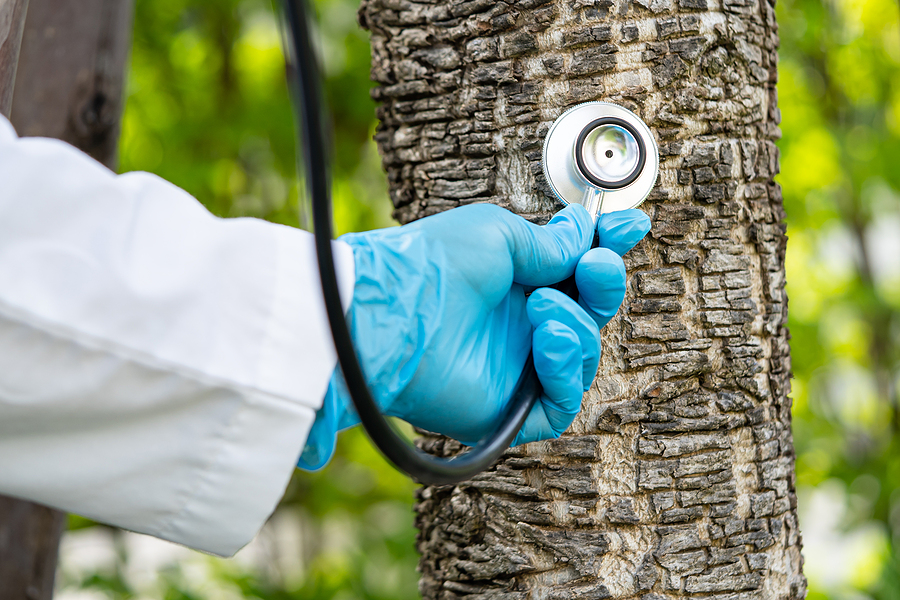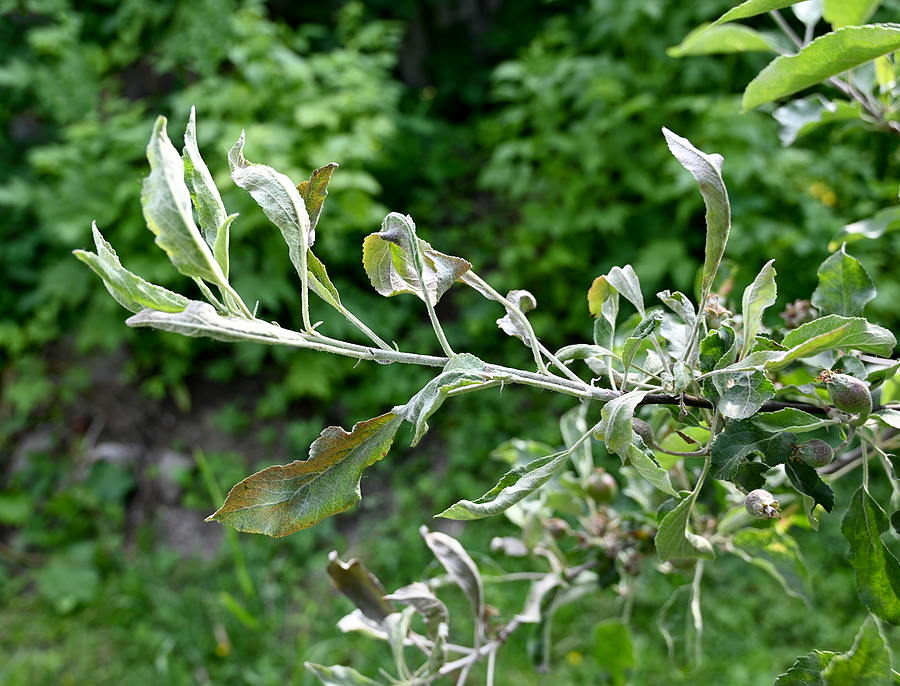Trees are a fundamental part of the landscape in the Mid-West, offering not just beauty but essential benefits such as shade, air purification, and habitat for wildlife. However, these natural giants face a growing threat from various tree pests.
For gardeners, homeowners, and property managers, understanding these threats is crucial for maintaining healthy trees and vibrant landscapes. In this guide, we will explore common tree pests in the Mid-West, their impact on the environment and economy, and practical strategies for prevention and management.

Tree Pests in the Mid-West
Emerald Ash Borer (Agrilus planipennis)
The Emerald Ash Borer (EAB) is one of the most notorious tree pests in the Mid-West. This metallic green beetle, originally from Asia, has wreaked havoc on ash tree populations across the region.
- Behavior: EAB larvae burrow into the bark of ash trees, feeding on the inner tissues and disrupting the tree’s ability to transport water and nutrients.
- Signs of Infestation: Look for D-shaped exit holes on the bark, thinning canopy, and increased woodpecker activity (as they hunt for larvae).
- Affected Trees: Primarily ash trees (Fraxinus species).
Gypsy Moth (Lymantria dispar)
The Gypsy Moth is another invasive species that poses significant threats to Mid-West forests, particularly to oak trees.
- Behavior: Gypsy moth larvae are voracious feeders, capable of defoliating entire trees within a few weeks.
- Signs of Infestation: Noticeable leaf damage, egg masses on tree trunks and branches, and caterpillars crawling on trees.
- Affected Trees: Oak, birch, elm, maple, and many other hardwood species.
Dutch Elm Disease (Ophiostoma novo-ulmi)
Dutch Elm Disease (DED) is a devastating fungal disease spread by elm bark beetles. It has led to the decline of American elm trees across the Mid-West.
- Behavior: The fungus invades the vascular system of the tree, causing wilting and eventually death.
- Signs of Infestation: Yellowing and wilting of leaves, often starting from the top of the tree and progressing downward.
- Affected Trees: Primarily American elm (Ulmus americana).
Impact on the Environment and Economy
The infestation of tree pests in the Mid-West has far-reaching implications. Environmentally, the loss of trees can lead to reduced biodiversity, increased soil erosion, and altered local climates. Economically, the costs associated with tree removal, treatment, and replacement can be substantial for communities and property owners. Moreover, the tourism industry, which relies on the aesthetic and recreational value of forests, can suffer significantly from pest-induced tree losses.
Tree Pest Prevention and Management
Early Detection and Monitoring
- Regular Inspections: Conduct periodic inspections of your trees, looking for signs of pest activity such as unusual holes, frass (insect excrement), and changes in foliage.
- Use of Technology: Employ apps and tools designed for tree health monitoring to keep track of changes over time.
Proper Tree Care
- Watering and Mulching: Ensure trees receive adequate water, especially during dry spells, and use mulch to retain soil moisture and regulate temperature.
- Pruning: Regularly prune trees to remove dead or weakened branches, which can be more susceptible to pest infestations.
- Pest-Resistant Trees: Consider planting species known for their resistance to common pests. For example, some hybrid elm varieties show resistance to Dutch Elm Disease.
Natural Predators and Biological Controls
- Beneficial Insects: Introduce natural predators of pests, such as ladybugs for aphid control or nematodes for soil-dwelling larvae.
- Biological Insecticides: Use products like Bacillus thuringiensis (Bt), a bacterium that targets specific pests without harming beneficial insects.
Chemical Treatments
- Insecticides: When necessary, use appropriate insecticides to manage severe infestations. Always follow label instructions and consider the impact on non-target species.
- Systemic Treatments: In some cases, systemic insecticides can be applied to the soil or injected into the tree, providing internal protection against pests.
Professional Services
- Arborists: Engage certified arborists for expert diagnosis and treatment plans. They can offer specialized knowledge and tools for managing tree health.
- Tree Removal: In the event of severe infestations or disease, professional tree removal may be necessary to prevent the spread to nearby healthy trees.
Conclusion
Protecting our trees from pests is not just about preserving individual specimens but safeguarding entire ecosystems and communities. By staying informed and proactive, you can help mitigate the impact of tree pests in the Mid-West.
Remember, the health of our trees depends on collective action. Share this knowledge with your friends, neighbors, and community members. Together, we can ensure that our trees continue to thrive and provide the myriad benefits we often take for granted.
Are you dealing with tree pest outbreaks and tree decline problems within the Indy areas? Call Complete Tree Care at 317-783-2518 for affordable certified arborist services in Indianapolis, Indiana and its surrounding counties. From tree health inspection and soil analysis to pest management and beyond, we offer comprehensive arboriculture care tailored to your unique space. We provide residential and commercial tree services, as well as.
Related Posts:
The Essential Guide to Tree Inspections
Reviving Your Yard: A Guide to Saving Unhealthy Trees
Common Winter Tree Pests in Indiana




